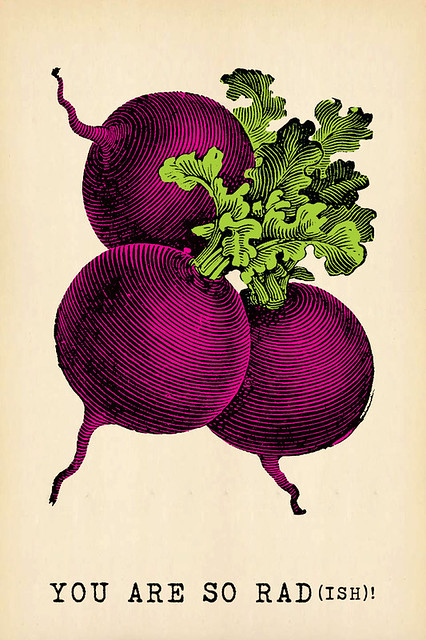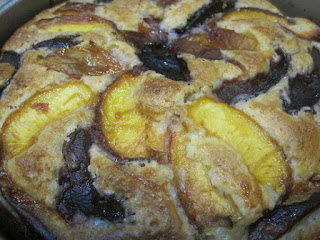There's lots of fabulous food news in my neighborhood and that's what I'm starting with. Though I was sad that Pix closed their Williams location, I was super stoked to hear that Kenny and Zuke's will be taking over the spot. Portland is a fabulous food town, but lately it has not been a fabulous bagel town (RIP Kettleman's). K & Z make a fab bagel, but it's all the way downtown and I'm lazy. Williams has a lot of good stuff and this will be just one more.
Even closer to home is the fantastic news that the geniuses behind Bunk Sandwiches are moving into the Under Wonder space. The new place will be called Trigger., will be open on more than just show nights, and are going to be Tex-Mex themed. Yeah, everything I could possibly want plus this quote "authentic gay cowboy cuisine". I'm in.
Pizza Ban Lifted in N. Korea: I didn't even know this was a thing, but I guess it is. Hooray for pizza!
(click image to enlarge)
What's Good at Trader Joe's?: It's not secret that I'm a huge TJ's fan, but sometimes those random tasty looking items you grab end up just being random and not so tasty. Obviously things change a lot, but this seems like an excellent resource to have. After all, I'm a librarian and we are nothing if not a breed of people who loved resources.
And speaking of libraries and resources, Southeast Portland recently got a kitchen tool lending library. It has everything from simple stuff like pots and pans to things you might not ever buy, like a dehydrator.
Super, super cool.
Bon Appetit! 100 Years of Julia Child: Last month would have been Julia Child's 100th birthday and it's hard to imagine a more influential person in home cooking. I love the angle this article takes on Child's contributions to feminism and the advancement of women. Plus it includes the rad remix video you may have seen floating around.
Chopped is my favorite cooking show. Serious Eats tells you why Kirsten and I aren't the only ones who go crazy for it. I had a dream I won it the other night. It was super convincing. And yeah, I rocked the dessert round.
Cake Mix Science: Jessie tests why can't you just bake the frosting into the cake? And then frost it again. Interesting and delicious results.
Radish Card from Sugarboo Designs via Honey & Jam
I'm also loving: Interurban's happy hour (esp. that quesadilla); after dinner snacks of olives, pickles, and sharp cheddar; the Green Machine at Bamboo. I mean, seriously, how can one sushi roll be that delicious?; Cock'n'Bull ginger beer; candied bacon in so many things; discount pizza because I came in 45 minutes before closing (I love my neighborhood); Killer Burger's peanut butter pickle bacon burger. Sounds like what? Tastes like WHA?omnomnomnom; cucumber salad; fro-yo; sparkling water; sharing chocolate milkshakes with my sweetie (d'awww); fancy mocktails.
What are you loving this week?
.jpg)



























































